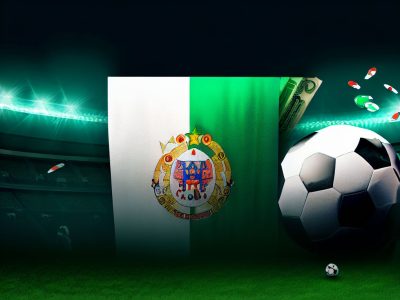Probability theory and sports betting are the most interrelated phenomena in betting, on which the work of bookmakers and bettors is based. If you do not understand this topic, later it will be difficult to learn how to win. The material is large, but extremely useful, so it is worth a little patience.
Betting theory and probabilities
We should start on the side of the BM. The profit of the offices depends on the correctly placed odds in a sporting event.
How do bookmakers calculate the probability of the outcome?
One or more analysts are assigned to each sporting tournament. These are tough professionals in betting, who have passed a serious selection. They study all the information on the curated areas:
- The results of recent matches and the level of soccer of the teams in them;
- Game tactics;
- Presence of injuries, illnesses, disqualifications;
- Psychological climate inside the teams.The desire to win was off the charts on both sides;
- Relationships within the club: conflict or cohesion;
- Characteristics of the referee;
- Weather, field conditions, etc.
All collected information is entered into the program, which generates the chances of success of the opponents and determines the odds.
Probability theory in sports for bettors
When the bookmaker has done his job and laid out the lines, it is the user’s turn to do the calculations. Every experienced bettor understands how important mathematics is in sports betting. The user should also study the selected match on the above points. But the analyst of the BC important data is entered into a special program, which the bettor does not have. In that case, how to calculate the outcome of the match?
It is clear that the user cannot calculate the probability to tenths of a percent. It is impossible to say that the odds of the home team to win are 37 or 58 percent. For example, the line on P1 stands the odds of 2, which is equal to 50%. The bettor will not think that according to his calculations, the probability is 53%, so the bookmaker made a mistake. Users usually estimate everything in whole numbers:
- 10-20% – the probability of defeat is high, but not with a smashing score (at this value, the line should put the odds 5-10);
- 30-40 – the club is able to resist and fight for a draw (2.5-3.3);
- 50%: the team can win with a high probability of a draw (2);
- 60-65% – high probability of success (1.55-1.7);
- 70-80% – only chance can prevent victory (1.24-1.4);
- 85-90% (around 1.1-1.2): the team must succeed, otherwise the result will be perceived as an upsets.
This is roughly how many bettors think. Suppose after analyzing the user has decided that the home team has a high chance of winning (60-65%), which in the line should correspond to 1.55-1.7. But the bookie has put on such an outcome 1.9. This is a strong disparity in the calculations, which immediately attracts the attention of experienced players. This situation is called in betting valuy (valuy outcome). At such a discrepancy the bettor rechecks his calculations and if they seem to him correct, makes a bet.
How to use probability theory in practice?
Seasoned players look for 2 situations in the lines:
- Skews (bookmakers’ mistakes);
- Unjustified slips (miscalculations of most bettors).
Skews rarely occur in ranked events. Lines for events at this level are put out by strong analysts at the BC. They rarely make mistakes. For popular oppositions the second phenomenon is more common.
In low-rated tournaments, strong and unjustified slumps are rare, but skews are often recorded. The bettor from Finland, who follows the home championship closely, has a better understanding of it compared to the bookmaker’s analyst. He will see where the betting experts have misjudged the chances of success, and bet at inflated odds.
Probability of winning a bet
Before you start really betting in a bookmaker’s office, it is necessary to make sure in the effectiveness of the developed strategy. This can be done by understanding two important concepts:
- Mathematical expectation;
- Dispersion in sports betting.
To many people, both concepts may seem boring, and not able to provide real help in the game. But do not be in a hurry.
Mathematical expectation in betting
Every player places a bet within a certain range of quotes:
- Cautious bettors bet within 1.2-1.6;
- Moderate – 1.6-2.2;
- Risky from 2.2 and above.
Each user has his own average odds. For example, the author of the review it ranges from 1.8-1.81. Concluding 100 bets at 1.9, another 100 at 1.7, the average is 1.8. On the basis of this value the mathematical expectation may be calculated. It is calculated by the formula:
Probability of success * Sum of possible winning – Probability of losing * Sum of possible losing
Dispersion in betting
The real game in betting differs from the mathematical expectation. It happens because of the variance – the deviation from the average. Plans are rarely executed perfectly. This is especially true for betting. Using the example of odds 1.81, an average earnings of 499 euros was calculated. A user registered a betting account and placed 20 bets. He expects to earn about 10,000 euros. But it turned out to be much less or even negative. Why? In this interval he had a long series of losses, which is typical of the most effective strategies.
You have to be prepared for the opposite situation. After a long winning streak, a slump is sure to occur. Some bettors in such a situation decrease the bet amount and decrease the losses
To sum it up
Mathematics and probability theory are the basis of bookmakers’ and bettors’ work. Anyone who knows how to find undervalued or overvalued odds of teams to win, is able to go in the plus at a distance.














